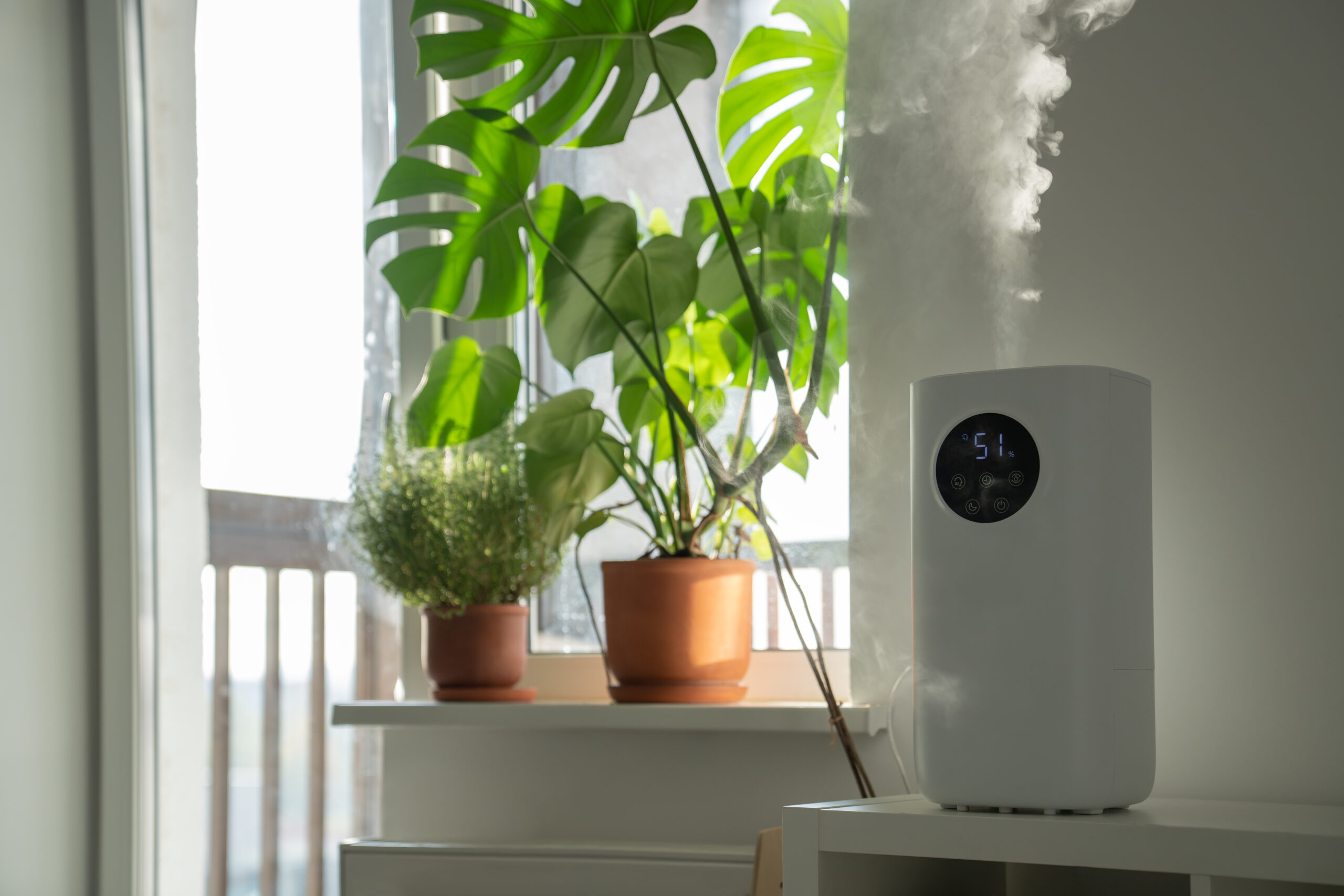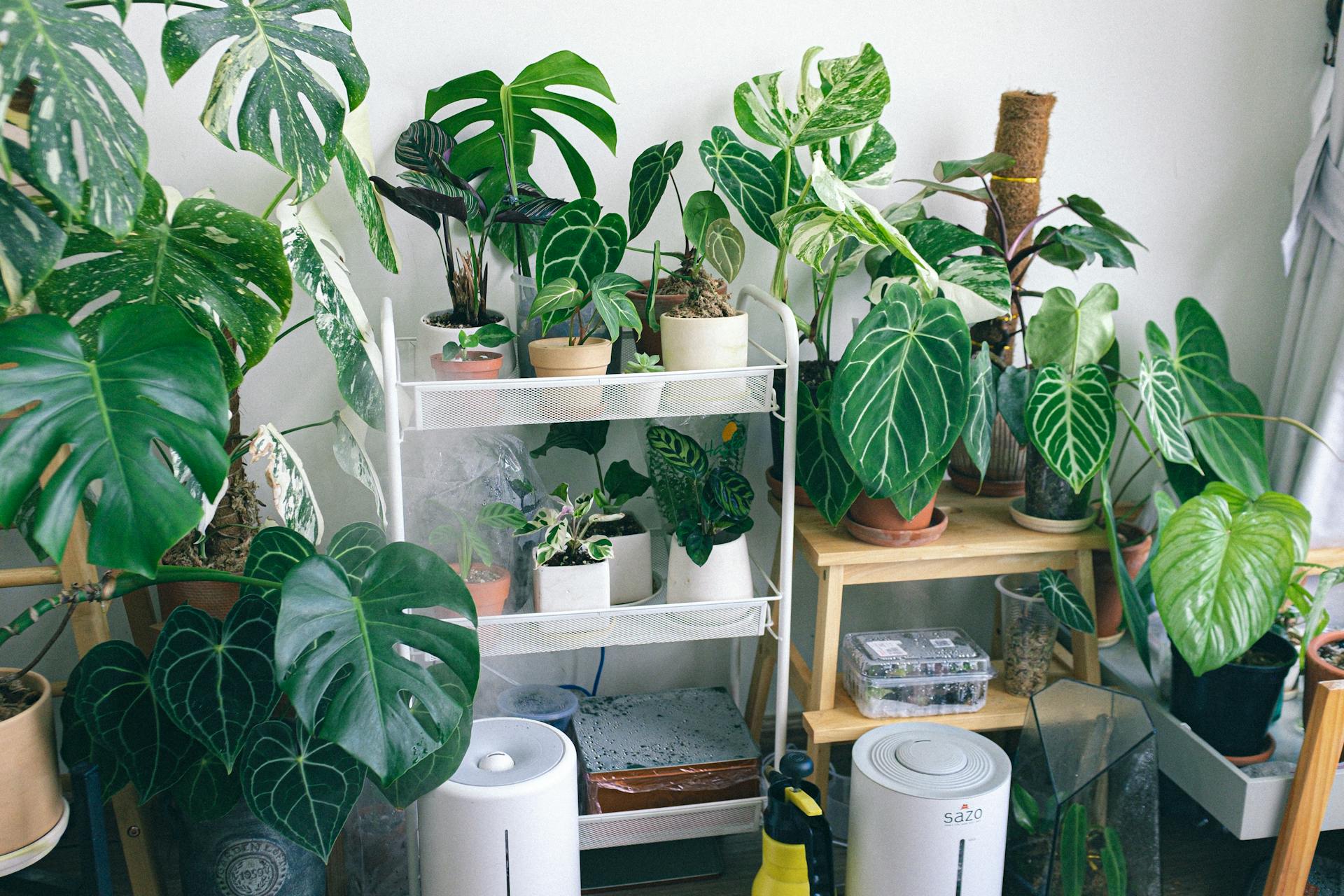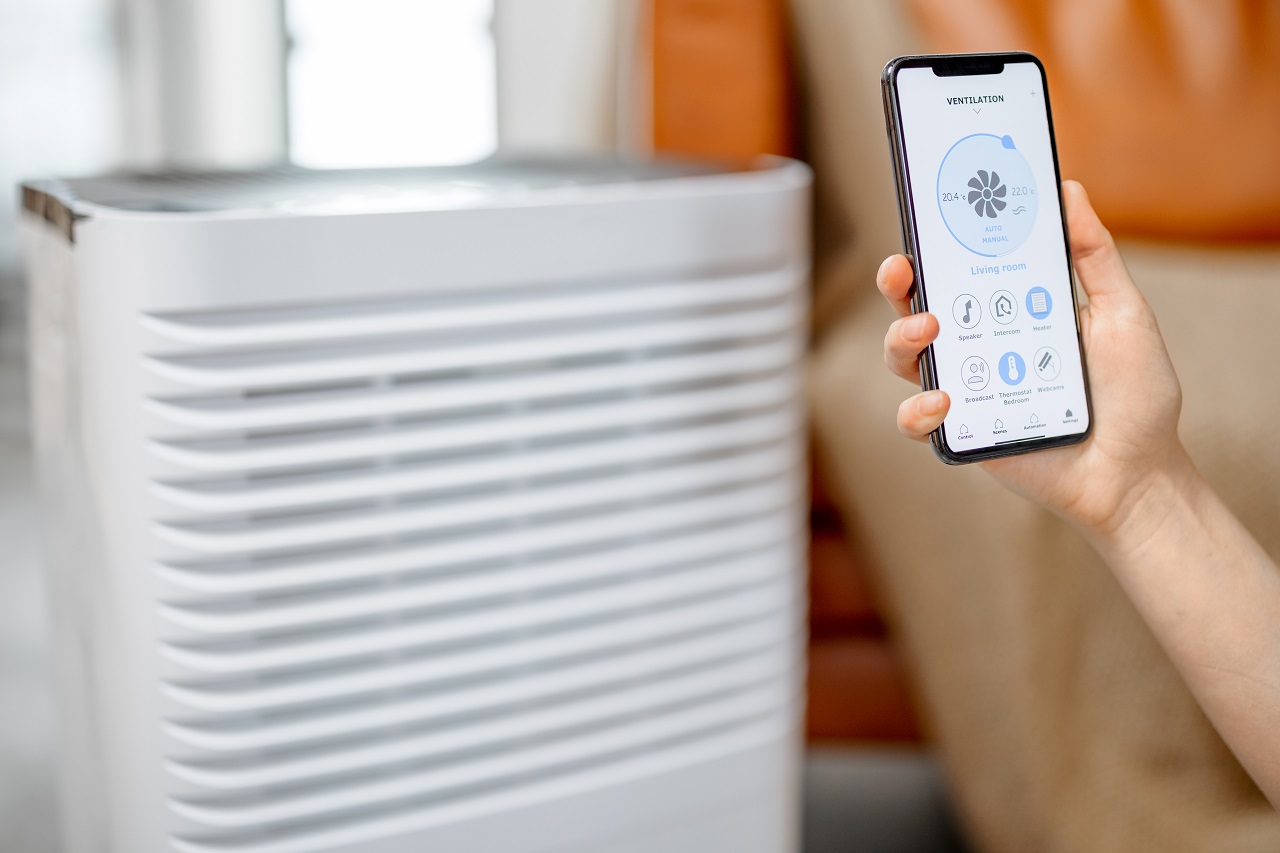Indoor air quality plays a crucial role in maintaining a healthy and comfortable living environment. Many homeowners focus on air purifiers and HVAC systems but overlook the importance of humidity control. A humidifier is an essential device that helps regulate indoor moisture levels, providing numerous benefits for both your home and health.
If you’re looking for a simple yet effective way to improve indoor air quality, consulting a professional HVAC company in Mason, OH can help you determine the best solutions for your needs. Here are ten surprising benefits of using a humidifier.
The Role of Humidity Levels in Your Home
Before diving into the benefits of a humidifier, it’s essential to understand the role of humidity in indoor air quality. The ideal indoor humidity level should be between 40-60%. Too much humidity can lead to mold and dust mites, while too little can cause respiratory discomfort and damage to wooden furniture.
Benefits of Humidifier for Your Home and Health
1. Prevents Dry Skin and Irritation
Low humidity levels can strip moisture from your skin, leading to dryness, itching, and even conditions like eczema. A humidifier adds moisture to the air, helping to keep your skin soft and hydrated. This is especially beneficial during the winter months when indoor heating can significantly reduce humidity levels.
2. Reduces Respiratory Issues
Dry air can irritate the respiratory tract, making breathing difficult, especially for individuals with asthma, allergies, or sinusitis. A humidifier helps keep your nasal passages and throat moist, reducing symptoms like coughing, congestion, and sore throat. This is particularly useful in the cold and flu season when respiratory infections are more common.
3. Helps Prevent Spread of Airborne Viruses
Studies suggest that viruses, including the flu, spread more easily in dry environments. By maintaining an optimal humidity level (between 40-60%), a humidifier can help reduce the transmission of airborne pathogens, keeping your home healthier and safer.
4. Protects Wooden Furniture and Flooring
Dry air can cause wooden furniture, flooring, and even musical instruments to crack, warp, or shrink. Maintaining proper humidity levels with a humidifier can help preserve these valuable household items, preventing costly repairs or replacements.
5. Improves Sleep Quality
If you or your family members struggle with snoring, a humidifier may be the solution. Dry air can cause throat irritation and congestion, leading to snoring. A humidifier helps keep the air moist, reducing throat dryness and improving overall sleep quality.
6. Enhances Indoor Plant Health
Houseplants thrive in environments with adequate humidity. Dry air can cause leaves to brown and plants to wilt. Using a humidifier can create a more suitable environment for your indoor plants, helping them grow lush and vibrant.
7. Reduces Static Electricity
During the winter, static electricity buildup can be annoying and even damaging to electronic devices. A humidifier helps reduce static electricity by adding moisture to the air, preventing shocks and protecting sensitive electronics.
8. Prevents Dry Eyes and Irritation
Prolonged exposure to dry air can lead to eye discomfort, redness, and irritation. This is particularly problematic for individuals who spend long hours in front of screens. A humidifier helps maintain moisture levels in the air, reducing eye strain and discomfort.
9. Lowers Energy Costs
Moist air feels warmer than dry air, meaning you can lower your thermostat while still maintaining a comfortable indoor temperature. This can help reduce energy consumption and lower your heating bills during colder months.
10. Supports HVAC Efficiency
A well-maintained humidity level can help your HVAC system operate more efficiently. Dry air forces heating systems to work harder, leading to increased wear and tear. By using a humidifier, you can optimize your HVAC performance and prolong its lifespan.
Choosing the Right Humidifier for Your Home
There are different types of humidifiers available, including cool mist, warm mist, ultrasonic, and whole-house humidifiers. Selecting the right one depends on your home size, budget, and specific needs. A professional HVAC company in Mason, OH can help determine the best option for your indoor air quality.
Maintenance Tips for Your Humidifier
To maximize the benefits of your humidifier, regular maintenance is essential. Follow these tips:
Clean the humidifier weekly to prevent mold and bacteria buildup.
Use distilled or filtered water to reduce mineral deposits.
Replace filters as recommended by the manufacturer.
Monitor humidity levels to ensure they remain in the ideal range.
How Turner On Services Can Help
Maintaining indoor air quality requires more than just a humidifier. At Turner On Services, we specialize in HVAC maintenance, air quality solutions, and humidity control to ensure your home remains comfortable year-round. Our expert team can assess your indoor air quality needs and recommend the best solutions, including whole-house humidifiers that integrate seamlessly with your existing HVAC system.
If you’re searching for a trusted HVAC company in Mason, OH, look no further. We provide comprehensive HVAC services, including heating, cooling, air purification, and humidity control, ensuring optimal comfort in your home.
Get a Humidifier Today!
Investing in a humidifier offers a wide range of benefits for both your health and home. From preventing dry skin to protecting wooden furniture and lowering energy costs, maintaining optimal humidity levels is a simple yet effective way to enhance indoor comfort. If you’re looking for expert solutions to improve your home’s air quality, Turner On Services is your trusted partner.
Ready to take control of your indoor air quality? Reach out to our team today for expert guidance and professional solutions tailored to your needs!











